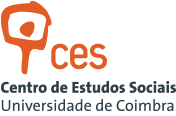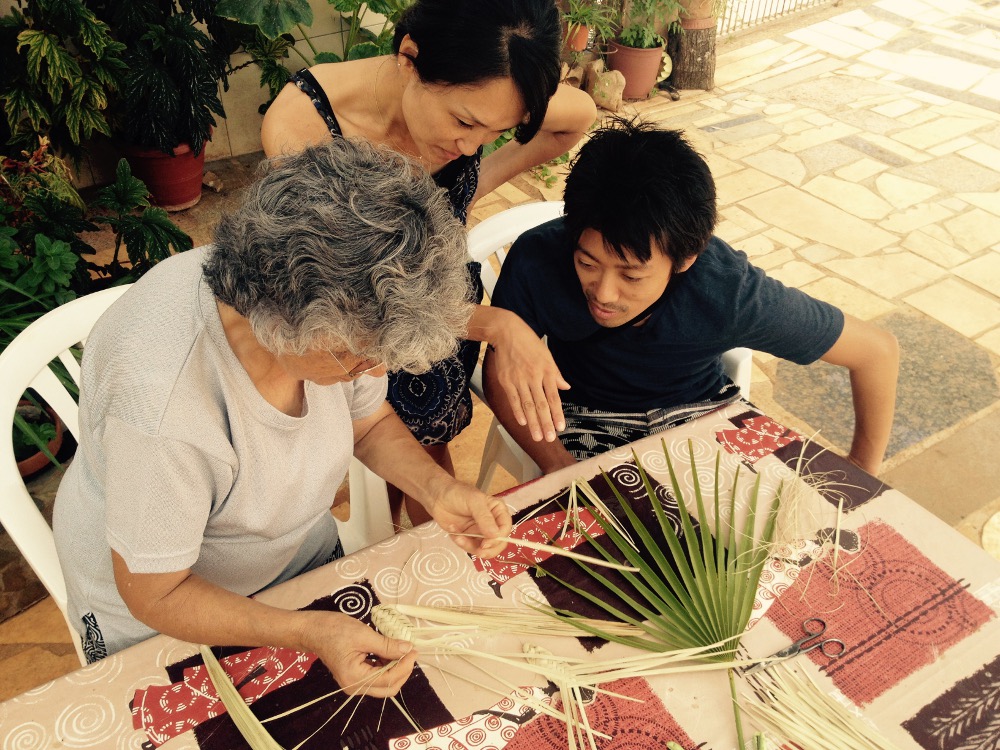Colóquio Internacional
The State of the Art in Creative Tourism
1-2 de junho de 2017
Curia
Overview
The International Conference “The State of the Art in Creative Tourism: Leading Research | Advanced Practices | Future Trajectories” has two aims:
First, to bring together leading creative tourism researchers with creative tourism networks and practitioners to outline “the state of the art” – the main lines of research and key issues in both the research and practice of creative tourism. What is the state of the art within creative tourism research and practice? What are the leading trends and contextualizing influences today? What are the key questions and issues to be addressed going forward?
Second, to inform the development of a creative tourism network – CREATOUR – focusing on small cities and rural areas within the Norte, Centro, Alentejo and Algarve regions of Portugal. We are eager to learn from creative tourism efforts internationally that can advise the network’s development and the array of creative tourism practices to be conducted by the pilot initiatives within CREATOUR.
What is creative tourism?
Creative tourism offers visitors the opportunity to develop their creative potential through active participation in workshops, courses and other learning experiences that are characteristic of the destination where they are taken. Creative tourism allows visitors to deepen contact with the local culture by directly participating in cultural/creative activities and being involved in the creative life of the destination (rather than just displaying creative products, for example). The creative tourism approach allows the destination communities and regions to benefit from significant advantages, and enables artistic and other creative activities to play a driving role in broader socio-economic development.
Who is organizing?
The conference is organized within the project CREATOUR: Creative Tourism Destination Development in Small Cities and Rural Areas (Desenvolver Destinos de Turismo Criativo em Cidades de Pequena Dimensão e em Áreas Rurais). The overall objective of CREATOUR is to develop and pilot an integrated approach and research agenda for creative tourism in small cities and rural areas in Portugal, developing strong links within and amongst regions. CREATOUR is a national three-year project (2016-2019) funded under the Joint Activities Programme of PORTUGAL 2020, by COMPETE2020, POR Lisboa, POR Algarve and Fundação para a Ciência e Tecnologia.
Building on a twofold approach, CREATOUR intertwines Theory and Experimentation, combining multidisciplinary theoretical and methodological frameworks, cultural mapping, and benchmarking exercises with the development of an array of Pilots, or creative tourism case studies. The project builds on three interlinking dimensions of recent cultural and creative industries development in Portugal: (1) the development of artistic and creative industry hubs (“arts centres” or “creative factories”) in repurposed former industrial buildings or in restored heritage sites in many small cities and rural areas; (2) growing attention to the (re)vitalization and valorization of tangible and intangible cultural traditions throughout the country; and (3) the growth and development – and heightened visibility – of culture- and design-related creative products in Portugal.
CREATOUR promotes the potential for the development of human-scaled, interactive, creative tourism featuring creativity- and culture-based experiential tourism experiences. Focusing on smaller cities and rural areas in which active cultural organizations and creative enterprises currently operate, the project aims to foster new or enhanced tourism offers building from local strengths, knowledge, skills, and traditions. The project aims to develop a sustainable creative tourism that is socially, culturally, environmentally, and economically rooted in specific places and is sensitive to these dimensions. It aims to give added value to cultural and creative traditions, skills, and knowledge as well as to emerging creative practices and pathways.


